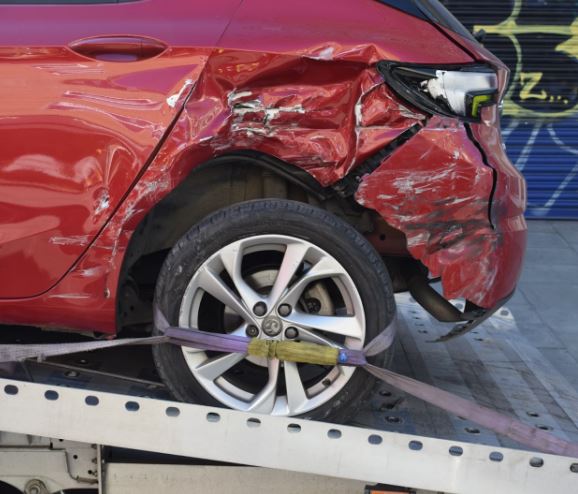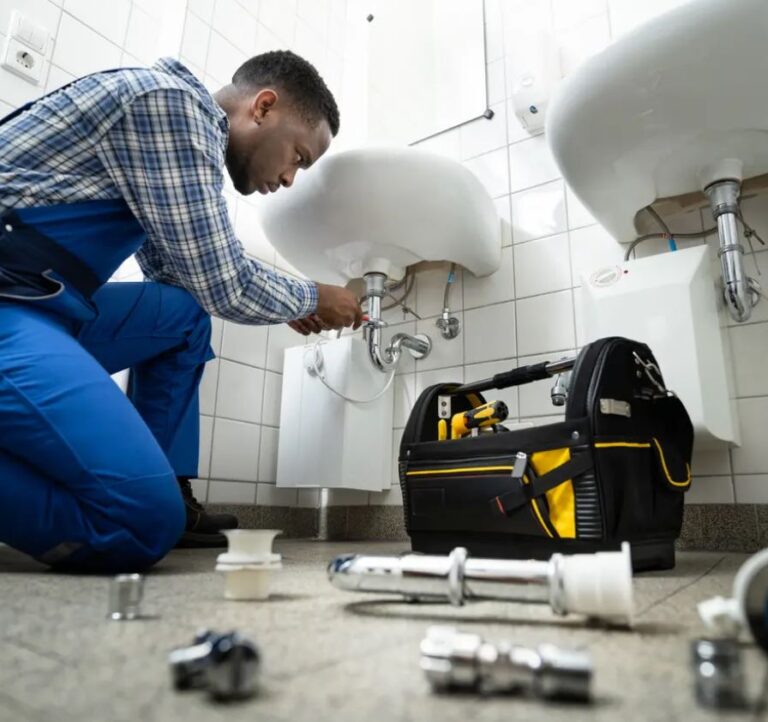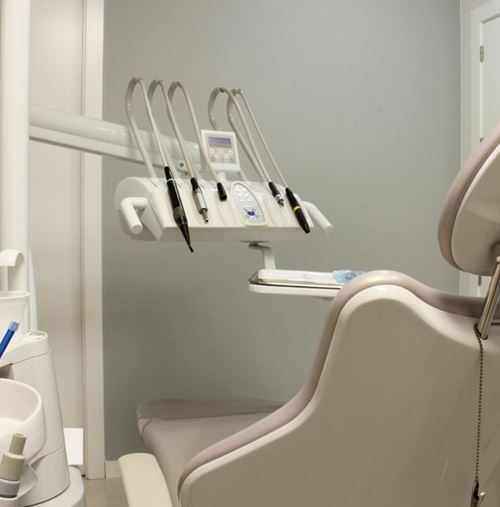How to Handle Emergency Situations on the Road and Keep Yourself Safe

Road safety is paramount for every driver, yet the unpredictability of emergency situations often complicates matters. From minor accidents to severe breakdowns, knowing how to respond effectively can mean the difference between safety and danger. This article delves into crucial strategies for handling various emergency situations while traveling, ensuring your protection and that of others around you.
Recognizing Potential Hazards
Being alert while driving is essential for personal safety and that of others on the road. Recognizing potential hazards includes keeping an eye out for reckless drivers, sudden changes in weather, and pedestrians. For instance, tailgating vehicles can lead to quick reactions that might be critical when an accident occurs. A simple lapse in attention can lead to emergency situations, so developing an awareness of your surroundings is vital.
Understanding how to assess risky driving behaviors will empower you to make safer choices on the road. This understanding can help you avoid situations that could escalate and even result in confrontations caused by an aggressive driver, further stressing the need for careful and composed driving. Always maintain a safe distance from aggressive drivers who exhibit dangerous behaviors, including rapid lane changes without signaling.
What to Do in Case of an Accident
If you’re involved in a car accident, staying calm is key. Begin by ensuring your safety and that of your passengers. If it’s safe to do so, move your vehicle out of the traffic flow to prevent additional accidents. Turn on your hazard lights to alert other drivers. Next, check for injuries among everyone involved, including passengers and people in other vehicles.
Call emergency services if anyone is injured or if the damage is extensive. It’s important to avoid admitting fault at the scene; simply exchange insurance information and document what happened. Taking pictures and noting the details will be invaluable for insurance claims later.
Handling Breakdown
Experiencing a vehicle breakdown can be a stressful situation, regardless of where it occurs. If you suspect mechanical failure, try to navigate to the nearest shoulder or safe area away from traffic. Once stationary, turn on your hazard lights and remain inside the vehicle with your seatbelt fastened unless it is unsafe to do so.
This is especially crucial on busy highways where traffic moves quickly. After ensuring safety, contact roadside assistance or a trusted mechanic. If you have to wait for assistance, stay inside your vehicle and wait for help. This not only protects you from oncoming traffic but also allows for a better chance of being seen by passing motorists.
Staying Safe During Inclement Weather
Weather can pose formidable challenges while driving. Rain, snow, fog, and ice affect visibility and traction, increasing the likelihood of accidents. When faced with inclement weather, the best course of action is to decrease your speed and maintain a greater following distance between vehicles. Ensure your headlights are on to improve visibility and avoid sudden maneuvers that can cause skidding. Using winter tires in snowy conditions will enhance your grip on the road. Always have an emergency kit with essentials, such as a flashlight, blanket, and basic roadside tools, which can be crucial if stranded in poor conditions.
Understanding Your Vehicle
Being familiar with your vehicle’s features and how they work can save precious moments during emergencies. Know where vital controls are located, such as windshield wipers, hazards, and lights. Also, understand how to properly use your brakes and accelerator, especially if you need to react quickly. Regular vehicle maintenance checks are essential in preventing breakdowns and keeping your vehicle in peak condition. Checking your tire pressure, brakes, lights, and oil levels regularly can help you avoid accidents connected to mechanical failures. This proactive approach also means fewer surprises and enhances overall safety for you and other road users.
Staying Calm Under Pressure
Keeping your composure in an emergency can be challenging, but it is vital for effective decision-making. Panicking can impair your ability to reason and act quickly. Practice deep breathing techniques to help maintain calmness. Mindfulness exercises before driving can also help prepare you mentally for unexpected situations by keeping your focus sharp. Develop skills in recognizing stress triggers while behind the wheel. If faced with a nerve-wracking situation, take a moment to assess what needs to be done, rather than acting impulsively. Your ability to think clearly can significantly influence the outcome of a road emergency.

Understanding Legal Implications
Knowing your rights and responsibilities in the aftermath of an accident is crucial. Familiarize yourself with local traffic laws, as they vary by state, and know what to expect should an emergency arise. Documenting incidents and gathering witness statements can protect you legally in the event of disputes. Legal implications often come into play in terms of liability and insurance. Being informed will empower you to navigate these challenges effectively. Each driver holds a responsibility not only to themselves but also to other motorists and pedestrians.
By employing these strategies, you can enhance your safety, reduce risks, and ensure a more enjoyable driving experience. Staying prepared and knowledgeable about handling emergencies contributes significantly to road safety.






